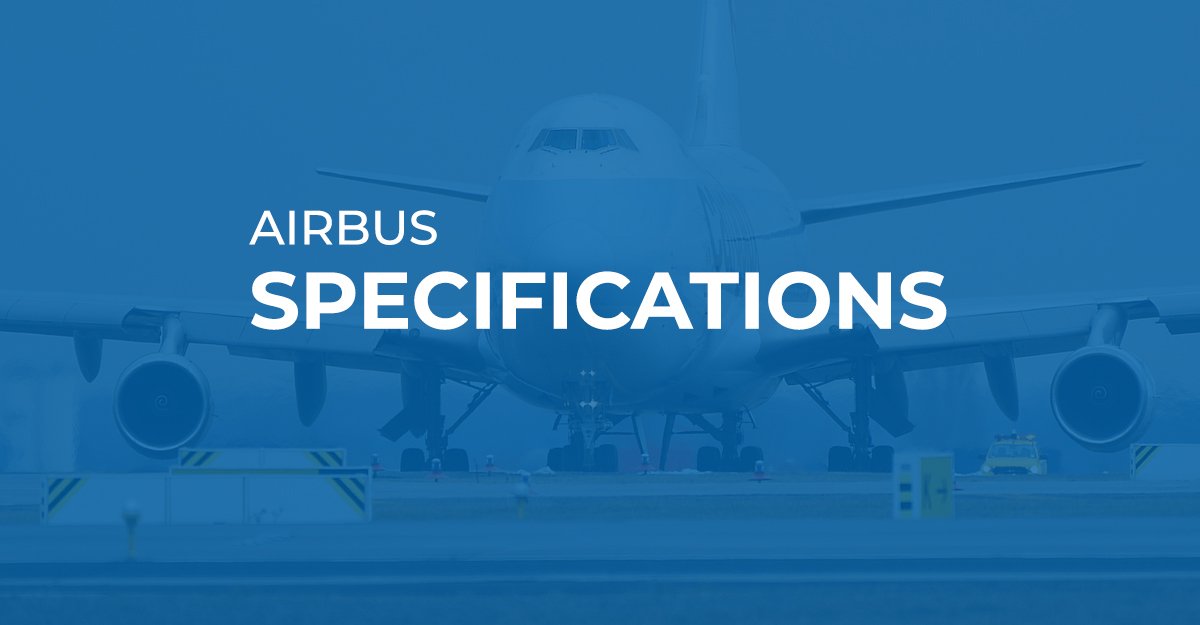
Quick View
Within the aviation chemical industry, there are a number of terms, phrases and acronyms used to describe the systems, standardised processes or documentation required to meet approval with regulatory bodies or customer requirements.
AS9120 Revision B – the quality management standard for distributors of aerospace products. This is also an additional qualification to the ISO9001:2015 standard. To see a copy of Silmid’s AS9120 Certificate, please follow this link.
CAGE Code (Commercial and Government Entity) – a coding system that allows the user to identify the exact facility where a product was manufactured. This standardised system is used by defence agencies worldwide.
CLP Labelling (Classification, Labelling and Packaging) – the regulation used to govern how chemicals and mixtures are labelled for sale within the European Union. CLP Regulation (EC) 1272/2008 aligns the EU with the GHS system.
CofA (Certificate of Analysis) – a more advanced document than the CofC, which includes results from specific batch testing carried out after manufacture.
CofC (Certificate of Conformity) – a document approving the release of a product from a certain company or organisation.
Commodity Code – sometimes referred to as Tariff Code, Tariff Heading, Schedule B Number or HS Code, these are 8-10 digit codes used to classify a product for import and export purposes. All products have a commodity code, and this controls the level of taxes and duties paid when shipping product internationally.
Country of Origin – the country where the last major stage of manufacture takes place, required for export/import declarations.
GHS Labelling (Globally Harmonised System) – the United Nations method of labelling and classifying products and chemicals to inform users of relevant health and safety information. This has been adopted in the EU via CLP Labelling.
Limited Quantity – the maximum inner package size that can ship without hazardous restrictions, often referred to as LQ. This only applies to road freight, and the LQ can be found using the UN number, UN Class and Packing Group found on the SDS.
MRO (Maintenance, Repair and Overhaul) – a term to identify a facility, process or procedure of general upkeep of a piece of equipment. Follow this link to see more.
NLGI Number (National Lubricating Grease Institute Number) – a standardised method for measuring the consistency of a grease. For more information on greases, follow this link.
OEM (Original Equipment Manufacturer) – a type of company, with the acronym used to describe the initial maker of a product. To see more, follow this link.
PEO (Piston Engine Oil) – a lubricant used in the operation of piston engines. For more information on PEOs, follow this link.
REACH (Registration, Evaluation, Authorisation and Restriction of Chemicals) – a European regulation to control the sale and use of potentially dangerous chemicals within Great Britain and the European Union. The Silmid REACH Policy may be accessed at this link.
RTV (Room Temperature Vulcanising) – a descriptor used to describe a product (usually a silicone) that cures at room temperature (approx. 15 to 25°C (59 to 77°F)).
SDS (Safety Data Sheet) – a legally required document that contains certain product characteristics, allowing the user or transporter of the product to make an adequate risk assessment.
Specification – a written set of requirements to be satisfied by a material, design, product or service. To read our guide to specifications, please follow this link.
SVHC (Substance of Very High Concern) – a substance restricted for use and sale within the United Kingdom and European Union. For more information, follow this link
TDS (Technical Data Sheet) – a product-specific document, which varies in content from manufacturer to manufacturer, but may include a number of important pieces of information including product characteristics, limitations, usage instructions and more.
TEO (Turbine Engine Oil) – a lubricant used in the operation of turbine engines. More information on TEOs can be accessed here.
UN Number – a 4 digit number used to classify the type of hazard associated with a product, found in Section 14 of the Safety Data Sheet (SDS). This is determines how the product is transported, in reference to the United Nations Standardised Framework.
Viscosity – the thickness of a liquid chemical, usually measured in centistoke (cS or cSt). The higher the centistoke, the thicker the liquid.